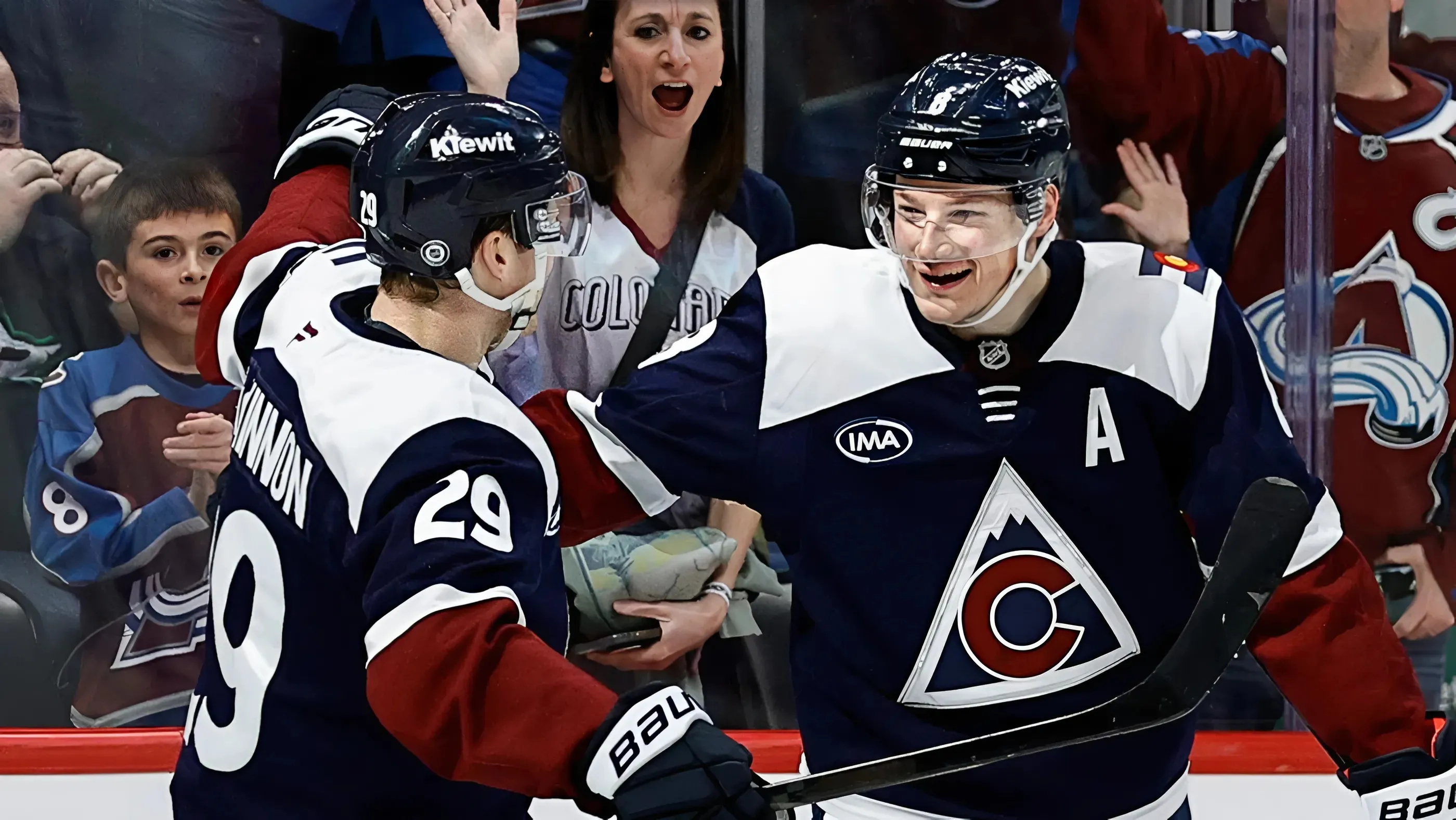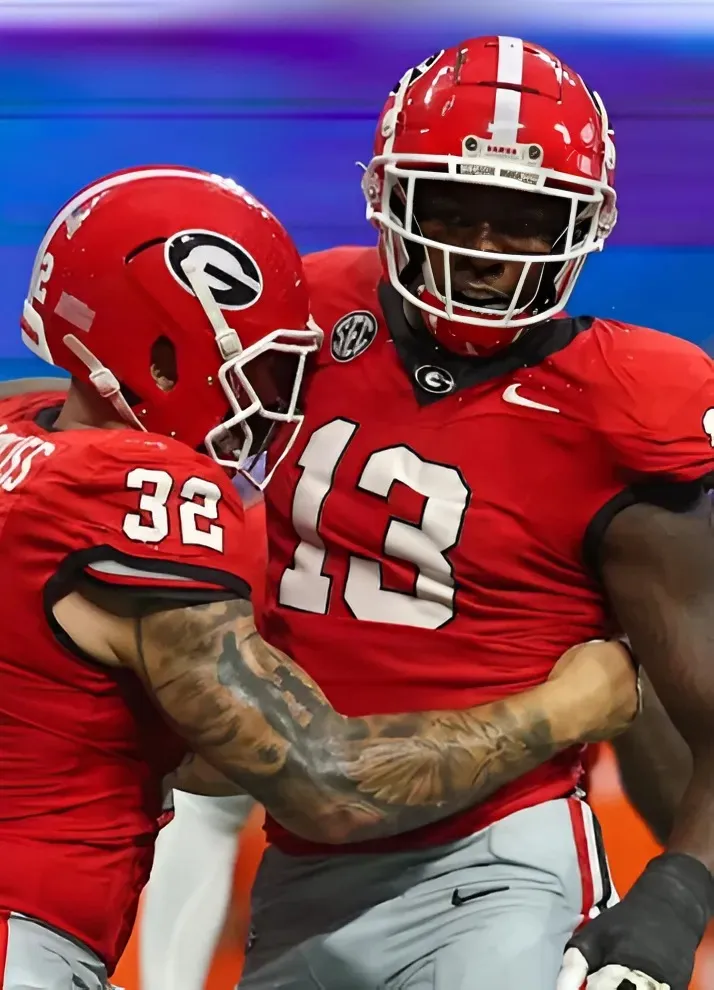BUFFALO, N.Y. — In each of the last five seasons, the Buffalo Sabres have left at least $6 million in salary cap space unspent. They’re the only team in the NHL that can say that. They also haven’t made the Stanley Cup playoffs in that time frame.

Now they enter an offseason in which the league’s salary cap ceiling is going to rise from $88 million to $95.5 million. The season after that, it’s expected to rise to $104 million. And then the season after that, it’s going to rise to $113.5 million. Those are massive increases after the league’s cap was flat for a few years coming out of the pandemic.
So that makes the question of the Sabres’ willingness to spend to the ceiling more relevant than ever. Sabres general manager Kevyn Adams acknowledged in December that it’s tough to recruit veteran players to Buffalo because the team has been mired in a long run of losing and also doesn’t have the weather or tax advantages that some markets in the league have. Those are real competitive disadvantages, but the Sabres also won’t be able to compete in a rising cap world without spending to the ceiling.
If there’s an offseason for owner Terry Pegula to show he’s willing to spend, this would be it. JJ Peterka, Bowen Byram, Ryan McLeod, Jack Quinn and Jacob Bernard-Docker are all restricted free agents. So are Tyson Kozak and Devon Levi, who played NHL games this season but are finishing the season in Rochester.
“We are now, in the next kind of, I would say, evolution of our roster and where we have now had a number of guys sign, we have more coming now, this has always been kind of the year that going into next season where we felt we were going to be right around the cap whatever the number was,” Adams said at his end-of-season news conference. “It’s never been a talking point from Terry of cap or no cap. It’s about putting the best team we can together to set us up for sustainable success and he’s continued to tell me that he will provide every resource that we need to win and that’s all I can ask for in my job.”
The statement that this was always the year Adams felt the team would be right near the cap strikes me as odd. Two years ago, Adams said the Sabres’ competitive window was open. Last year, he said the team was in “win now” mode. Very few teams make the playoffs in the NHL without spending at or close to the salary cap ceiling. If anything, the last two years were an opportunity to spend to the ceiling while they still had the advantage of players contributing on cheaper or entry-level contracts.
Maybe the salary cap talking point will go away this summer with the contract situations the Sabres are facing. They also have the $4.4 million dead cap hit from Jeff Skinner’s buyout on the books this year. As we get ready to dive into the Sabres’ offseason needs and what can be done to fix the roster, let’s assess where they are in terms of the cap and what the next contracts for their players could look like.
Here’s a snapshot of Buffalo’s situation, according to PuckPedia.
2025-26: $95.5 million cap ceiling
Projected cap space: $23 million
Players under contract: 16 out of 23 possible roster spots (PuckPedia is counting Isak Rosen and Noah Ostlund, who could both be back in the AHL. So we’ll use 16 out of 23 for our math).
Unrestricted free agents: James Reimer
Restricted free agents: Peterka, Byram, McLeod, Quinn, Bernard-Docker, Levi, Kozak
Players eligible for contract extensions on July 1: Alex Tuch, Connor Clifton, Sam Lafferty, Beck Malenstyn, Jacob Bryson
2026-27: $104 million cap ceiling (projected)
Projected cap space: $43.5 million
Players under contract: 10 out of 23 roster spots
Unrestricted free agents: Tuch, Lafferty, Malenstyn, Clifton, Bryson
Restricted free agents: Peyton Krebs, Zach Benson, Rosen
2027-28: $113.5 cap ceiling (projected)
Projected cap space: $67.5 million
Players under contract: Six out of 23 roster spots
Unrestricted free agents: Byram, McLeod, Bernard-Docker, Jason Zucker, Jordan Greenway
The key contracts this offseason
Tuch’s contract
We broke down Tuch’s contract situation over the weekend. If the Sabres are able to get him signed to a new deal, that’s going to take up a big chunk of their future spending. They need to figure out where things stand with that deal before going on a crazy spending spree with the other restricted free agents. Our early projection if Tuch does sign would be a seven-year contract worth more than $9 million per season.
Peterka’s next deal
AFP Analytics Midseason Projection: Six years, $6.6 million AAV or two years, $4.2 million AAV
Teams were inquiring about Peterka at the NHL trade deadline, but Adams showed no interest in trading him and said he views him as a core piece of Buffalo’s long-term future. The 23-year-old is a restricted free agent after setting a career-high with 68 points. He also has 55 goals in the last two seasons. That production is going to cost the Sabres on his next deal. AFP’s projection might be a bit light, as I would expect a long-term deal to cost the Sabres in the $7 million range. Also, if the rumblings about this being the summer of offer sheets become reality, Peterka would be a logical target for other teams.
Byram’s next deal
AFP Analytics Midseason Projection: Seven years, $7.2 million AAV or two years, $5.2 million AAV
Byram’s value isn’t easy to project. The 23-year-old already has a Stanley Cup ring and has shown flashes of being a top-end defenseman during his young career. But the Sabres need to figure out how he fits into their long-term picture. They already have two left-handed defensemen with offensive skill sets in Rasmus Dahlin and Owen Power. Those two account for more than $19 million in annual cap hits on their long-term deals. Can they fit another big cap hit for a defenseman with a similar skill set?
The other issue is that Byram’s underlying numbers show a tale of two players. When he played with Dahlin, Byram’s numbers were excellent. Away from Dahlin, Byram struggled.
With Dahlin: 70 percent actual goal share, 54 percent expected goal share, 52 percent high-danger chances share
Without Dahlin: 46 percent actual goal share, 42 percent expected goal share, 42 percent high-danger chances share.
The best play might be another bridge deal for Byram to keep the cap hit manageable. That gives the Sabres even more flexibility to trade him if the right deal materializes.
McLeod’s next contract
AFP Analytics Midseason Projection: Three years, $3.042 million AAV
This was a midseason projection and feels too low with the way McLeod finished the season. McLeod set career highs in goals (20), assists (33) and points (53). He’s a valuable center to have in the middle of the lineup because of his speed, defensive instincts and penalty killing ability. I think he’ll get closer to the $4 million that Greenway got on his contract. He would also be a sneaky offer sheet candidate if a team is looking for a mid-range player to target. But the Sabres have the cap space to match, which might deter teams.
Quinn’s next contract
AFP Analytics Midseason Projection: Six years, $5.8 million AAV or two years, $3.4 million AAV
These numbers are way too high for Quinn. I don’t see how the Sabres could feel comfortable committing a long-term contract to Quinn after the season that he had. That’s not to say he can’t bounce back next season, but the Sabres need to make him prove it with a shorter-term deal. Even the short-term projection of a $3.4 million cap hit feels rich. To me, $3.4 million total over two years feels more reasonable after the season he had. He could be a trade candidate as well if the Sabres are looking for a different skill set in their forward group.
Bernard-Docker’s next contract
AFP Analytics Projections: Two years, $1.8 million AAV
The Sabres don’t have a ton of right-shot defensemen, and Bernard-Docker was serviceable after coming to Buffalo in the Dylan Cozens trade. A $1.8 million cap hit is a reasonable bet on Bernard-Docker, who should, at the very least, be capable depth for the Sabres.
Levi’s next contract
AFP Analytics Projection: Two years, $1.4 million AAV
This was a preseason projection based on a $92 million cap estimate. The cap is going to be $95.5 million, but Levi spent most of the season in the AHL, so this still feels like a reasonable number for him.
Kozak’s next contract
Kozak shouldn’t get too much more than the $850,000 salary he has now. But he does have a chance to crack Buffalo’s lineup because he plays a specific role as a fourth-liner.
How much cap space will be left?
If we account for around $16 or $17 million for Peterka ($7-$7.5 million), Byram ($5-$5.5 million) and McLeod ($4 million), that leaves the Sabres with between $6 and $7 million. Bernard-Docker, Quinn and Levi could account for close to $5 million of that. That would leave 22 players under contract, and a Kozak contract would put them at 23 and close to the cap ceiling. They could bridge both Byram and Peterka to lower the cap hits.
Beyond next season, counting roughly $23 million for all of those players and adding $9 million per year for Tuch would give the Sabres an estimated $11 million in salary cap space for five roster spots with Malenstyn, Krebs, Benson and Rosen as the internal contracts to handle.
What does this mean?
The Sabres need to make a trade. It’s not that they can’t afford all of their restricted free agents in the short and long term. It’s that they need to make changes to their roster. The contract situations and roster space would make it hard to bring back all of these restricted free agents and change the mix of the group.
The two big cap hits to watch are Mattias Samuelsson’s $4.2 million and Clifton’s $3.3 million. It’s fair to say both haven’t played up to those numbers, and moving on from one or both would give the Sabres the flexibility to make some additions to the roster. Ukko-Pekka Luukkonen’s $4.75 million cap hit is another big number relative to his 2024-25 performance, but moving on from him would necessitate adding another proven goalie. That would presumably eat up some of the savings. The other option is to trade Peterka or Byram, the two pricier restricted free agents. Either one would net a significant return.
The other big cap hit that the Sabres could trade is Owen Power’s $8.3 million. They would have suitors, but giving up on a No. 1 pick after three seasons would be risky unless the return was massive.
Either way, something needs to change if this roster is going to make financial and hockey sense next season and beyond.

-1743721474-q80.webp)

